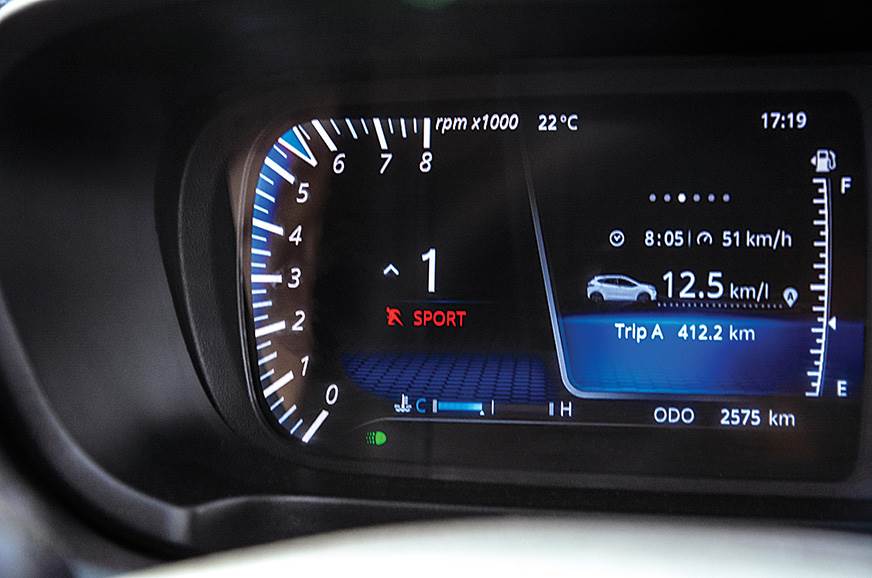Shared with the Tata Nexon, the Altroz iTurbo is driven by a three-cylinder, 1,199cc turbocharged petrol engine (codename: 1.2 NGTC) that makes use of indirect or port injection. In this hatchback, the engine makes 110hp and 140Nm of torque, and will come mated to a 5-speed handbook transmission. So why did Tata just not decide for the Nexons 120hp, 170Nm tune and pair it with the 6-speed handbook rather? Sources from the advancement team cite packaging issues which led to this shift. It was found that in the Altroz, the 6-speed handbook gearboxs casing fouled with the air cleaner ducting, and addressing this obstacle warranted a considerable re-engineering exercising. As a consequence, the advancement team opted for a additional practical answer pairing the iTurbo with the TA65 5-speed handbook rather, and mainly because this device has a low torque rating, detuning the engine turned crucial.
This three-cylinder engine has a fairly shaky begin-up, and moderate vibrations transmit via the cabin at idle, while these smoothen out on the shift. Right off the bat, this engine feels sprightlier and additional strong in comparison to its the natural way aspirated petrol counterpart. Its efficiency is concentrated at low revs, therefore the iTurbo feels at ease although ambling close to town. And including to its responsiveness even further is its shorter gearing, which negates turbo lag to a fantastic extent.

Engine does not get pleasure from currently being revved, has a modest 5,500rpm redline.
Spin this motor beyond 2,500rpm, nevertheless, and the Altroz steps outdoors its ease and comfort zone. The on-improve mid-selection punch feels fairly meek, and it builds speed in a lazy way. Just like in the Nexon, ability supply is fairly inconsistent across the rev selection, and it does not get pleasure from currently being spun challenging both, with revs maxing out at 5,500rpm. The thrum from the three cylinders will get fairly vocal as the revs climb, and at greater revs the engine feels strained, coaxing you to undertake a sedate driving model. Speedy overtakes on the highway arent as effortless as its rivals, and these require some organizing and a fair little bit of rowing via the gears to execute the manoeuvre. Its 5-speed handbook isnt notably pleasurable or sleek to work both, frequently needing firm shoves to slot into gates.

Gearbox requires an more little bit of shove to slot into gates.
In contrast to the ordinary Altroz which will get a Metropolis and an Eco manner, the iTurbo characteristics a Activity and a Metropolis manner. The variation in phrases of efficiency among these two modes is considerable as an case in point, the sprint from -100kph requires 12.eighty two seconds in Activity and a fairly lethargic 15.83 seconds in Metropolis manner. Even rolling acceleration via the gears reveals a comparable consequence, with a better, additional prominent variation in the greater gears among the modes. Performance aside, the on- and off-throttle habits in Metropolis manner can get really jerky, while these smoothen out to an extent in Activity manner, therefore the latter is the manner of our decision.

Activity manner livens up efficiency drastically.
Perspective its efficiency in the light-weight of its opponents and in a sprint from -100kph, the Altroz iTurbo (12.eighty two seconds) trails the Hyundai i20 Turbo (eleven.21 seconds) and the Volkswagen Polo TSI (9.97 seconds) by a fair margin. Even in a rolling race from forty-100kph in fourth gear, the iTurbo is noticeably slower than its immediate injection rivals, having 17.30 seconds the i20 on the other hand clocks 12.39 seconds, just about 5 seconds fewer, while the Polo completes the operate in 14.seventy three seconds, which is close to 2.5 seconds more rapidly than the Tata.

